10 categories will face scrutiny as the watchdog extends its competition probe. But critics say its approach misunderstands the grocery model
The CMA has a new target in its sights. Having cleared retailers of profiteering in a 90-page report last week, the watchdog unveiled a new tranche of work to analyse specific areas of grocery.
Margins will come under the microscope in 10 categories including bread, poultry, baked beans, chilled desserts and ready meals.
And the profits of large suppliers are likely to be a hot topic. The likes of Heinz, Coca-Cola, Mondelez and Unilever were all mentioned as either a target for further analysis, or as an example of a supplier with double-digit operating margins.
The CMA sees this as a natural continuation of its probe into grocery prices. CEO Sarah Cardell said the body would “examine competition and prices across the supply chain” in the 10 named categories, while ensuring “competition remains effective as input costs start to fall” across grocery.
However, the proposals have attracted the ire of many industry experts, who have criticised the category-specific approach and the motivations behind the work. “My personal view is that they are casting around to be seen as doing something – anything – on the cost of living crisis,” says one senior industry source.
So why has the CMA gone down this route? What does it mean for suppliers? And what are the main criticisms?
The main thrust of the CMA’s report was positive. After taking into account various factors that had contributed to inflation in grocery – including climate-related shocks, the Ukraine war, labour shortages and exchange rates – it concluded retailers were not profiteering.
It noted operating profits had fallen, and conceded “retailers are constrained in their ability to raise prices without losing market share”. Overall, it was satisfied food prices were no higher in the UK than in the EU.
However, it did find particularly high inflation in certain areas. It selected 10 categories for further analysis, based on their rate of shelf price inflation, the difference in input and output inflation, and how inflation rates compared with the wider class of products.
At first glance, it makes sense. Inflation has reached 57% in mayonnaise, for example – far higher than inflation in total grocery, which has not exceeded 20%.
Flawed argument
But the example highlights the flaws in taking a category-specific approach. “You look at the ingredients of mayonnaise – eggs and oil – and is it a surprise prices are going up?” points out Ged Futter, director of The Retail Mind.
Indeed, the review already mentions the conflict in Ukraine – a key producer of sunflower oil – as an aggravating factor. It also points to avian flu, which has contributed to inflation in eggs and poultry – another category under review.
Similarly, a rise in lemon prices is understood to have driven inflation in lemonade.
Futter also questions the need to look at these specific categories. Some are, by the CMA’s own admission, a low priority for consumers. Mayonnaise, chilled desserts, ready meals and baked beans are all low importance when measured by CPI weight, the report says.
And even if suppliers are reaping higher profits – Unilever this week posted a 21% rise in pre-tax profits for its first half – Futter questions whether it is the CMA’s role to intervene.
“It’s an open market and the consumer decides what they’re going to spend,” he says. Many are plumping for cheaper own-label lines, he points out: “There’s a reason volumes are down in branded.”
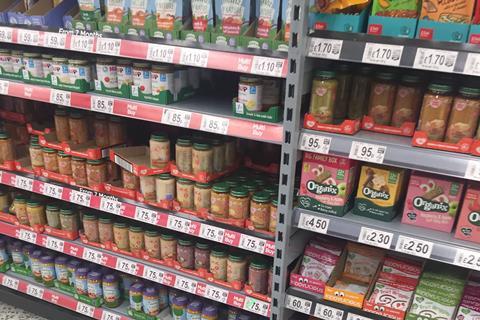
One of the CMA’s chosen categories – baked beans – is a prime example of this behaviour. Here, branded volumes are down 24.3%, while own label is up 23.8% [Kantar 52 w/e 19 February 2023].
For David Sables, CEO of Sentinel Management Consultants, the CMA’s approach exposes a lack of understanding of the supermarket business model (p24).
“Some categories have been designated a ‘destination’ with especially good pricing. These are balanced by ‘convenience’ categories, which are not so keenly priced,” he says. “The mix of sales brings a balanced margin performance.”
Even looking at fuel pricing – where the CMA did find evidence of profiteering – made little sense in isolation, he argues. “Clearly if these retailers had brought fuel prices down more quickly, they’d have lost even more profit in the period.”
Serious implications
These criticisms shouldn’t detract from the seriousness of the review, however.
“Companies with large market shares in these product categories will need to think carefully about how to engage with the CMA,” says Tom Smith, former CMA legal director and partner at Geradin Partners.
The watchdog’s report highlighted operating margins of over 15% in many fmcg giants, while retailers average between 1% and 5%. The CMA’s condemnation of those figures alone could be a powerful move.
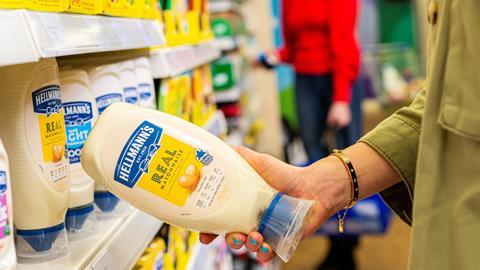
“The CMA has significant bullying power at its disposal and can inflict reputational harm,” Smith points out.
“Companies will need to make sure they have a compelling narrative to tell the CMA about their brand premiums and market power, especially where their products are seen as ‘must stock’,” he adds.
If profiteering is suspected, the CMA could recommend changes to regulations or public policy, action through the courts or greater self-regulation, says Gareth Mills, partner at law firm Charles Russell Speechlys.
Mills says its power to impose penalties is “relatively weak” for now. But that could all change with the Digital Markets, Competition and Consumer Bill, expected to become law in 2024. This will allow the CMA “to impose significant fines and other remedies for breaches of consumer laws”, he says.
So suppliers dismiss the latest enquiry at their peril. As Mills sums up: “The CMA is not done with this issue yet.”



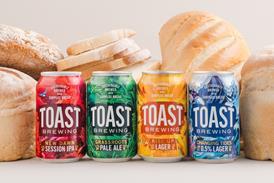



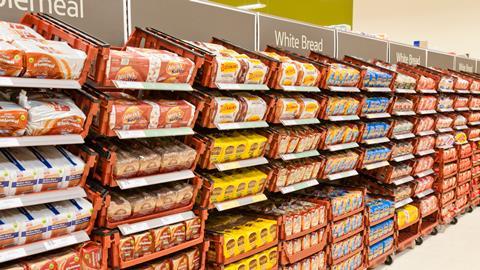

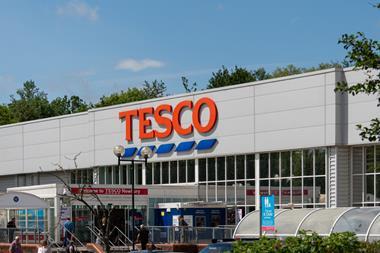

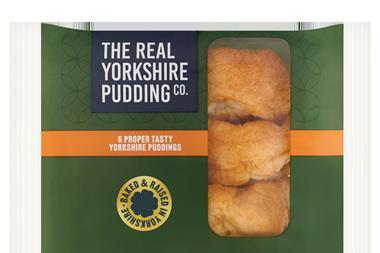
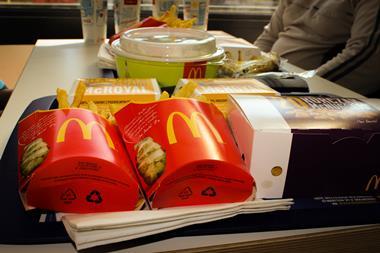







No comments yet